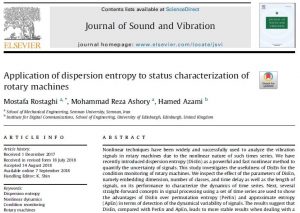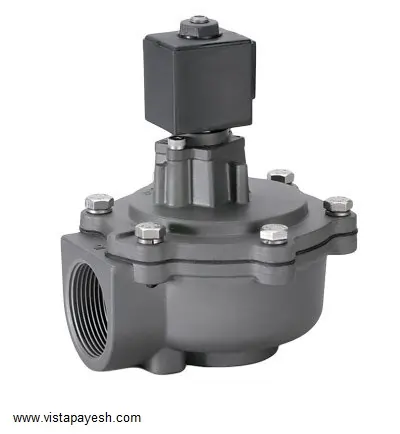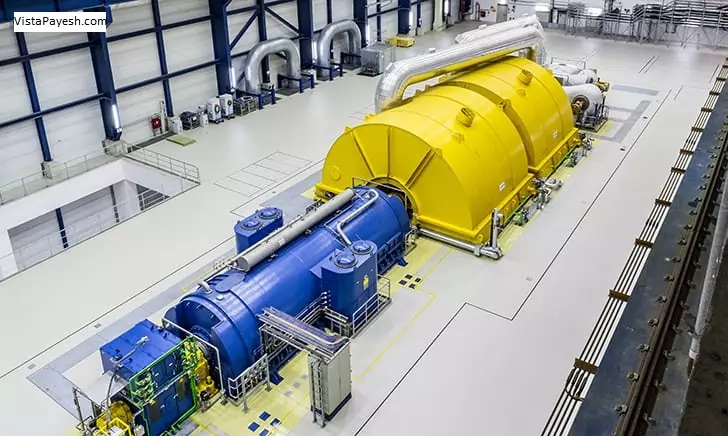خدمات آموزش های تخصصی
یکی از اهداف شرکت ویستا پایش راد به عنوان خدمات آموزش های تخصصی ، برگزاری دوره های آموزشی مرتبط با CM می باشد که این دوره ها در محل شرکت و یا به درخواست کارفرما در محل صنعت مربوطه برگزار خواهد گردید. هدف از برگزاری دوره های آموزشی بالابردن سطح دانش فنی کاربران واحدهای صنعتی و بهبود عملکرد فنی ایشان در ارتباط با تعمیر و نگهداری تجهیزات صنعتی می باشد. به امید اینکه با افزایش دانش فنی نیاز کشورمان به مرور به منابع خارجی کمتر و شاهد رشد و شکوفایی صنعتی هر چه بیشتر در ایران باشیم.
(Time-Based) Preventive Maintenance. Maintenance is done at regular intervals which
are shorter than the expected ‘time between failures’. It is common to choose the intervals
to be such that no more than 1–۲% of machines will experience failure in that time. This
does mean that the vast majority could have run longer by a factor of two or three [6]. The
advantage of this method is that most maintenance can be planned well in advance and that
catastrophic failure is greatly reduced. The disadvantages, in addition to the fact that a small
number of unforeseen failures can still occur, are that too much maintenance is carried out
and an excessive number of replacement components consumed. This approach has been
known to cause reduced morale in maintenance workers (who are aware that most of the
time they are replacing perfectly good parts) so that their work suffers and this can give rise
to increased ‘infant mortality’ of the machines, by introducing faults which otherwise never
would have happened. Time-based preventive maintenance is appropriate where the time
to failure can be reasonably accurately predicted, such as where it is based on well-defined
‘lifing’ procedures, which can predict the fatigue life of crucial components on the basis of
a given operational regime. Some components do tend to wear or fatigue at a reasonably
predictable rate, but with others, such as rolling element bearings, there is a large statistical
spread around the mean, leading to estimates such as the one given above, where the mean
time to failure is two to three times the minimum [6].






